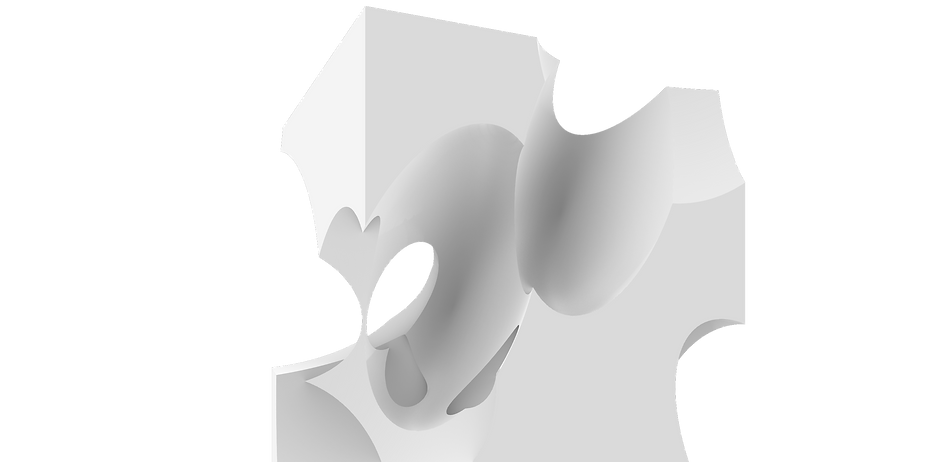
Module 2
Digital Design and Fabrication


FINAL GEOMETRIES




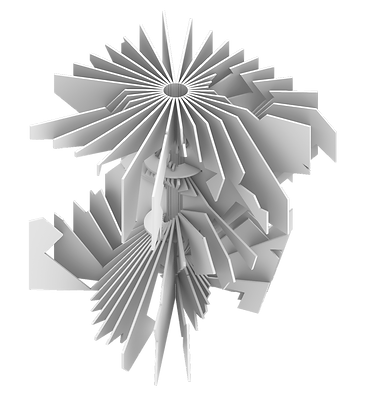

Task A
subtractive and additive processes
In this module, we are tasked to explore additive and subtractive process on the digital design using a parametric software called Grasshopper in Rhino. The first task was to create 3 geometries for 3D printing through parametric design.



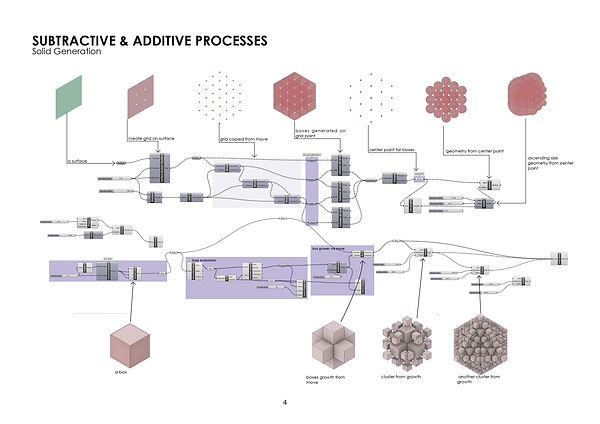
Through the algorithm process in grasshopper, I explored through some ways to generate my geometries, and choose these three below.




The first iteration explored through the growth of the same cubic but different scale. It has a pathway inside of the geometry for people to go through, and it has a very rugged and porous feeling as theirs many thresholds. and it is a relatively exposed structure, as well as there are some units for private space. for this one, I choose medium-to-large size of scale, so the small cubic interior can be occupied by people who need it.
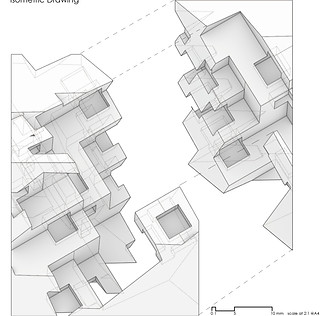



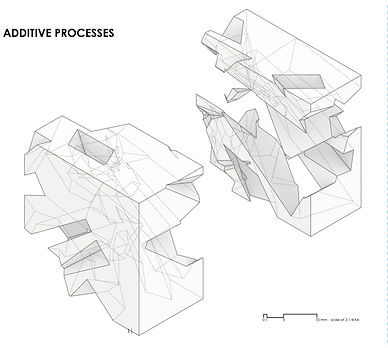
The second iteration explored through the line conditionals, with two different kinds of boxes aligned to a curve, I cut it with a rotate cube and it shows a very interesting and rigid shape, for me it feels more like craggy rocks with high tension. It contains several interior spaces of different size and direction. some are penetrable, so the light and wind will come through them and show some shadow pattern as the threshhold. For this one, I choose medium size as well, cause I feel like medium size is more usable for this shape, it shows much fun to climb and use these soaces.



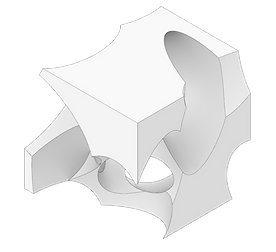
The third iteration explored the line conditionals as well, but this time is with the two types of ellipsoids aligned to it. For this geometry, I want to explore through more dynamic and soft shape, so I chose the ellipsoid as the basic geometry to cut it. And I consider it quite successful based on the suitable interior space for people and the overall detailed thresholds on it. This geometry is more permeable and porous than 2 geometries before, so the light and wind will be more smooth and fluent in this shape, make people feel more relax inside this space. For this space, I choose medium space, so people can actually sit and lie down to rest.



Task B
Section & Waffle Structures
In this module, we are tasked to explore XY and radial waffle through a parametric process based on geometries we choose from task A. In task B, we are aiming to create waffle structures for later laser cutting on the template board to assemble our geometry.
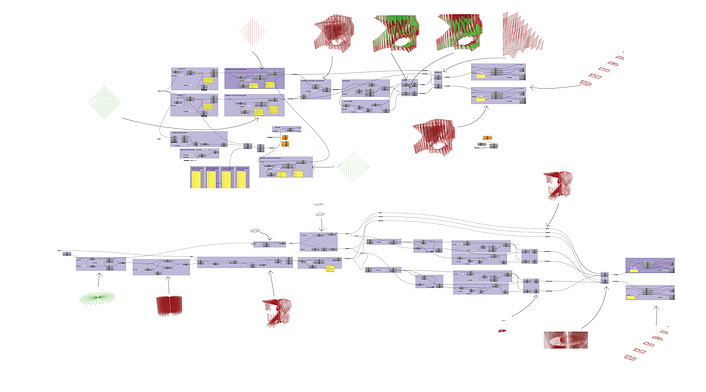


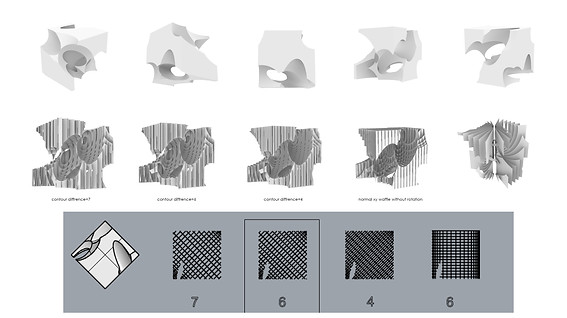


Through the algorithm process in grasshopper, I explored two ways to generate my waffle structure, namely XY and radial waffle. Below are two waffles I choose for each waffle structure.

The XY waffle shows layers of the building in both directions which makes it look very sculptural and interesting. Especially dealing with curves, gives a strong sense of dynamic and streamline on aesthetic view.
For this geometry, I tested through different Exponential variations and did it manually on the panel; and I chose a side-dense-middle-few pattern. Then I tried through different gaps in another direction and tried with different angles. Finally, I chose the third geometry for my XY waffle and testing with the proper gap to form a comfortable place for people to sit or lay down.
For the scale, I chose the same medium-scale as in task A, cause I think in this scale People can exploring, interact and enjoy it more.
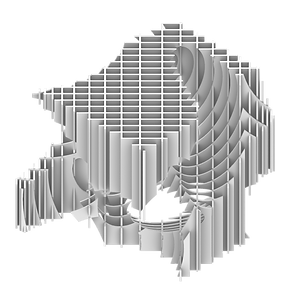



The radial waffle shows a rotation shape of geometry, with the middle circles to connect every piece of layers. This geometry shows an absolutely different shape compared to its original geometry(second geometry), Which I think is the power of radial waffle. I chose this geometry for radial waffle is because it formed geometry in an esthetic way, and it has many gate and platform in it. It feels like a circus to me, because of the complicated shape with canopy and air stage platform, and ground stage as well. Also, there's another reason why I chose it, is because when I testing other geometries, they all turned into some problems that the form cannot show or bugs like it doesn't cut the shape.
For the scale, I chose a large scale, like the circus stage, because this is the feeling that model made to me with the right function and scale.


